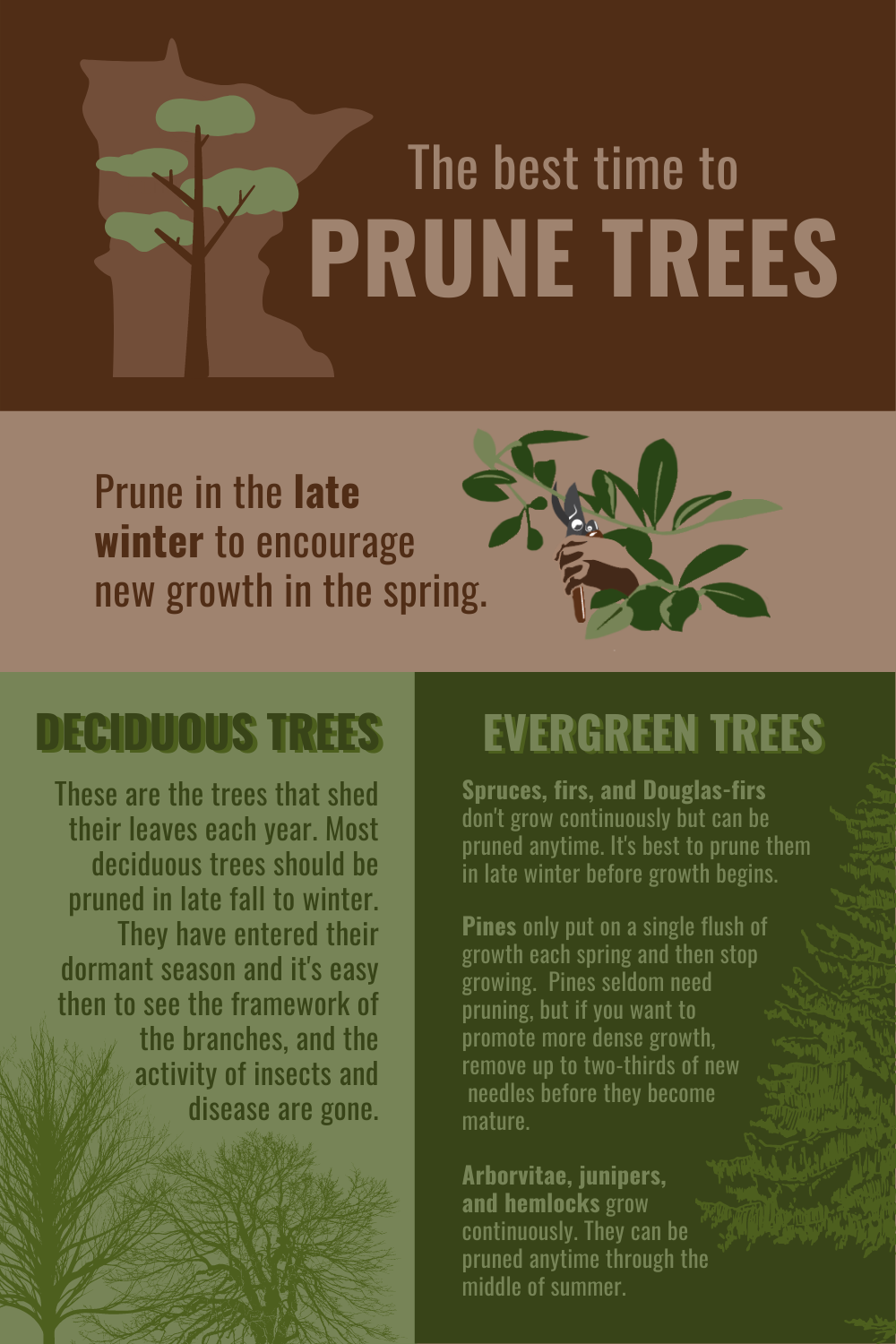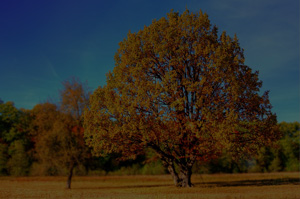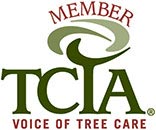Most routine pruning is done to remove infestation, weak, dead or diseased branches, and can be completed at any time during the year with little effect on the tree. However, if you’re looking to stimulate growth, improve the look and shape, and promote tree health, there are several things to consider when determining when to prune your tree.
Prune in the late winter to encourage new growth in the spring
You want to prune at the end of winter or early spring before any new growth starts. Pruning late in the season before spring growth begins can prevent serious damage to your trees. Trees are dormant in the winter, halting their growth. This inactivity along with dropping temperatures creates an ideal setting for pruning.
If you prune right before spring growth begins, any fresh wounds from pruning won’t be exposed too long before the new growth begins the sealing process. This allows the tree to put its energy towards producing new, healthy growth when the warmer temperatures roll around. If you prune too late after new growth has started, you can limit the plant’s bloom potential for the year.
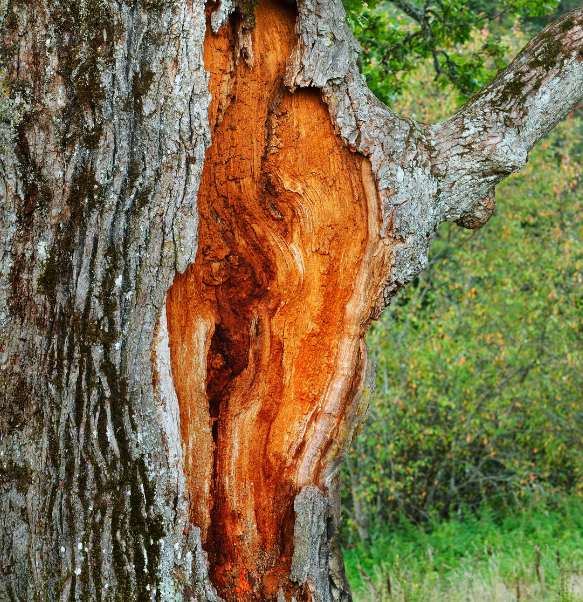 Pruning in the winter can also help to slow the spread of diseases and pests. In Minnesota, oak trees are affected by oak wilt, a fungal disease that kills thousands of oak trees every year. This disease spreads through root grafts radiating outward from an infected tree. It also spreads via beetles, who are attracted to freshly-cut oak trees, that carry the fungal spores from tree to tree. Oak trees should be pruned in the winter months when the trees are dormant and beetles are inactive to prevent the spread of oak wilt.
Pruning in the winter can also help to slow the spread of diseases and pests. In Minnesota, oak trees are affected by oak wilt, a fungal disease that kills thousands of oak trees every year. This disease spreads through root grafts radiating outward from an infected tree. It also spreads via beetles, who are attracted to freshly-cut oak trees, that carry the fungal spores from tree to tree. Oak trees should be pruned in the winter months when the trees are dormant and beetles are inactive to prevent the spread of oak wilt.
Winter pruning is also great for arborists as the harder ground provides them easier access to trees and the bare canopy makes branches easier to see and handle.
However, not all trees should be pruned in the late winter or early spring. There are other factors that will determine when a tree should be pruned. Generally, shrubs and trees that bloom on new growth should be pruned in the late winter and early spring, while those that bloom on old growth should be pruned in late spring or summer.
Evergreens
Spruces, firs, and Douglas-firs don't grow continuously but can be pruned anytime because they have lateral buds that will sprout if the terminal buds are removed. It's probably best to prune them in late winter while they are still dormant before growth begins. Some spring pruning, however, is not harmful.
Pines only put on a single flush of tip growth each spring and then stop growing. Prune in early June or July before these "candles" of new needles become mature. Pines do not have lateral buds, so removing terminal buds will take away new growing points for that branch.
Pines seldom need pruning, but if you want to promote more dense growth, remove up to two-thirds of the length of new candles. Don't prune further back than the current year's growth.
Arborvitae, junipers, yews, and hemlocks grow continuously throughout the growing season. They can be pruned anytime through the middle of summer. Even though these plants will tolerate heavy shearing, prune only to correct growth defects.
Deciduous trees
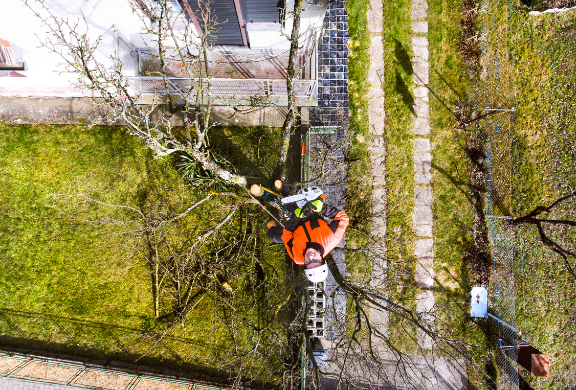 These are the trees that shed their leaves each year. Most deciduous trees should be pruned in late winter or early spring before they begin to leaf out. When these trees are dormant, the activity of insects and disease is gone and it’s easy to see the framework of the branches with the absence of foliage.
These are the trees that shed their leaves each year. Most deciduous trees should be pruned in late winter or early spring before they begin to leaf out. When these trees are dormant, the activity of insects and disease is gone and it’s easy to see the framework of the branches with the absence of foliage.
Prune shade trees, such as sweetgum, maple, katsura, and hornbeam in late winter or early spring.
Wait to prune spring-flowering trees, such as dogwood, redbud, cherry, pear, and magnolia, until after they flower.
Deciduous shrubs
The proper time to prune deciduous shrubs is determined by the plant's growth habit, bloom time, and whether it flowers on growth produced in the same year, called “new” wood, or previous years, called “old” wood.
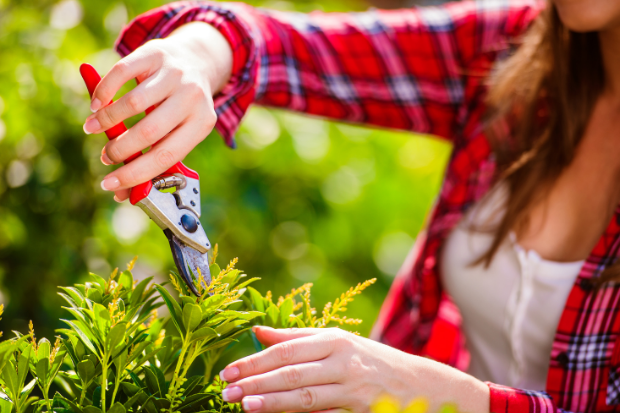 Summer-flowering shrubs bloom in summer on “new” wood or the current year's growth. Prune summer-flowering shrubs in late winter or early spring.
Summer-flowering shrubs bloom in summer on “new” wood or the current year's growth. Prune summer-flowering shrubs in late winter or early spring.
Examples include: abelia, beautyberry, butterfly bush, clematis, smooth hydrangea, panicle hydrangea, potentilla, rose, rose of Sharon, dogwood, Japanese spirea, St. John's Wort, and summersweet.
Spring-flowering shrubs bloom in spring on “old” wood or the growth of the previous year. The best time to prune spring-flowering shrubs is right after the spring blooms fade in late spring or early summer. If you prune them too early, you’ll cut off the buds that would’ve opened this spring.
Examples are azalea, beauty bush, bridal wreath spirea, spring-blooming clematis, cotoneaster, deutzia, flowering almond, forsythia, mophead hydrangea, lilac, mock orange, mountain laurel, ninebark, oakleaf hydrangea, Pieris, rhododendron, viburnum, weigela, wisteria, and witch hazel.
Planning to Prune? Do you have these 5 Must-Have Pruning Tools?
Proper pruning will promote tree health and save money
Trees should be pruned regularly to keep them healthy in the long-term while setting them up for a season of robust growth.
Newly-planted trees may need to be pruned every year to obtain proper form and strength. Old, mature trees may only need to be pruned every five years.
Be sure to take into consideration the overall health of the plant prior to pruning. Just like humans, trees can become stressed. Stress levels increase during trying times like droughts, extreme colds, storms, or root disturbance. If a tree has experienced any of these events recently, consider waiting and letting your tree recover before pruning.
If your trees need to be pruned, Precision's certified arborists are happy to help! Our arborists hold many certifications to ensure that they are the best in the industry. Contact us for a free estimate of our professional pruning services in the Twin Cities area.
